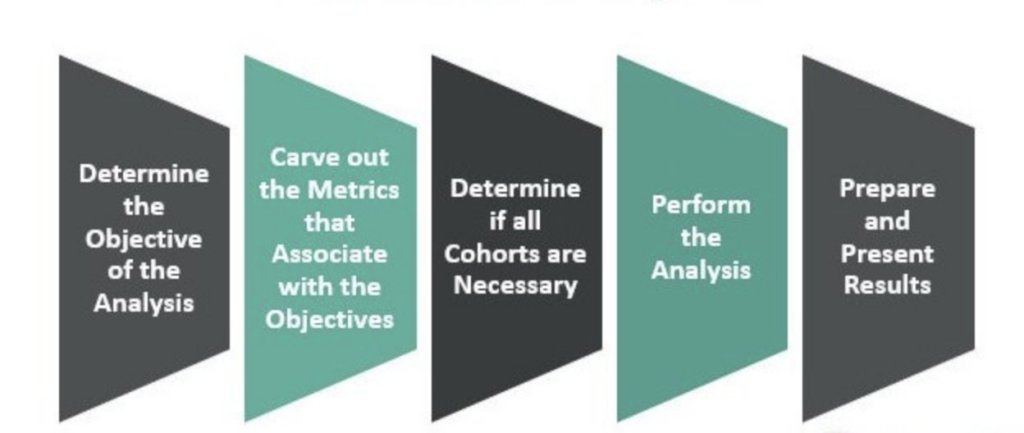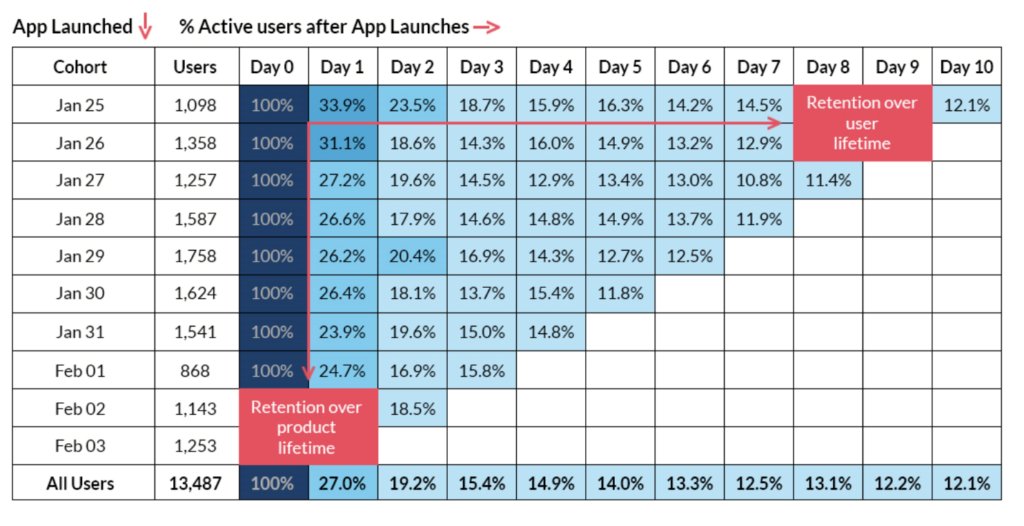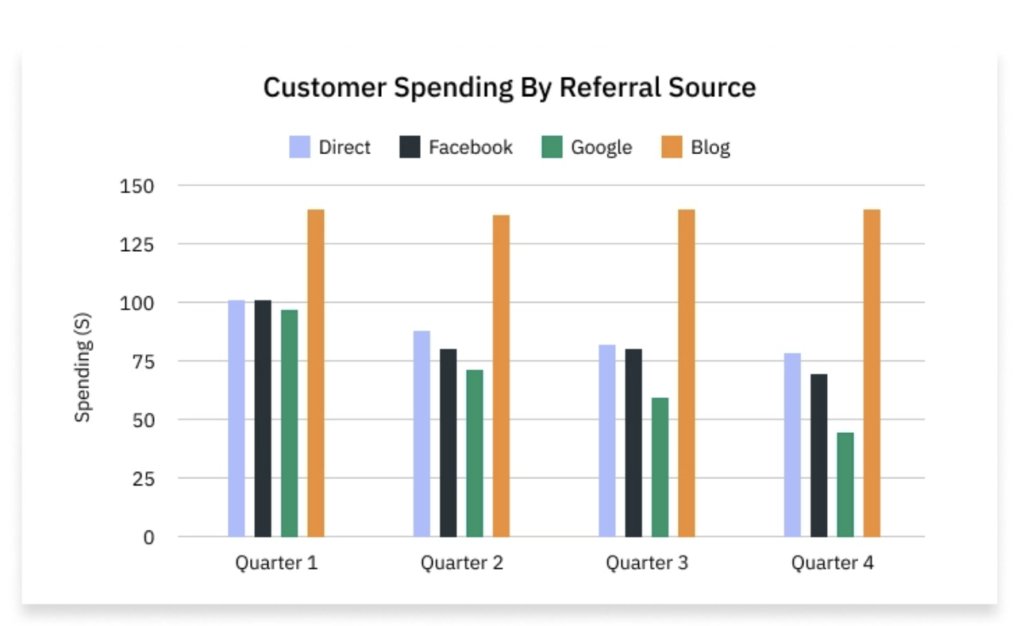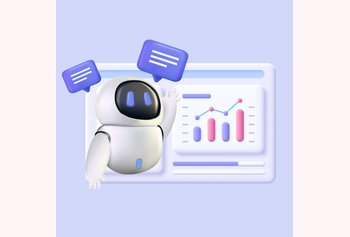Customer Cohort Analysis: What It Is and How You Can Use It

Table of contents
Ask any seasoned CX expert and they’ll tell you that the key to exceptional customer service is to establish an emotional connection with your customers. For the customer, the most important part of their experience is to know that you truly resonate with what they need and understand them on a granular level.
In fact, Greg Melia, CEO at Customer Experience Professionals Association (CXPA),touched upon this exact concept in a recent episode of our podcast, Experience Matters.
“It’s about seeing the world through their (the customer’s) eyes, which is crucial for anyone working in the front lines, whether in a contact center or a hotel. It’s not just about individual interactions; it’s about designing systems that proactively address customers’ needs’
So, how do you understand your customers’ needs better?
The answer is analytics. Base critical decisions on customer data. Understand the nuances of customer behavior and expectations. Tailor your customer service to match the unique needs of your customers.
There are different approaches to customer analytics that you can take — predictive analytics, sentiment analysis, prescriptive analysis, cohort analysis, and many others.
In this blog we’ll discuss customer cohort analysis in particular and how you can use it to deliver exceptional customer experiences.
But first, let’s start with the basics.
Table of Contents
- What is Customer Cohort Analysis?
- What Are the Different Types of Customer Cohorts?
- How Can You Use Customer Cohort Analysis for Better Decision-Making and Strategy Development?
- Wrapping Up
What is Customer Cohort Analysis?
Customer cohort analysis is an approach in which customers are divided into groups or cohorts based on common patterns in characteristics like buying behavior, preferences, challenges, or experiences.

Businesses analyze the patterns exhibited by these cohorts over a specific period to gain better insights into factors that contribute towards customer loyalty or disengagement. These insights can be used to optimize marketing efforts and fine-tune your CX strategy.
What Are the Different Types of Customer Cohorts?
You can group customers into different cohorts based on specific characteristics and goals. Here are the main types of customer cohorts.
1. Acquisition cohorts
Customers are grouped into segments based on when they first interacted with a business. The goal is to understand the behavior of customers acquired during a particular time frame.
For instance, say there are three cohorts. One for customers who signed up for your product in January, one for February, and another one for March.

You can use acquisition cohorts to study customer retention rates over time and how they change for customers acquired during different periods. This is useful in narrowing down why and when customers are likely to churn from your business.
2. Behavioral cohorts
Cohorts are based on customer behavior and interactions with your business.
For instance, a service like Spotify may create cohorts in the following manner:
- Cohort 1: Customers who downloaded the app and created a playlist within the first week
- Cohort 2: Customers who shared a playlist on social media within the first month
- Cohort 3: Customers who skip more than 15% of every song
You can then see how customers from each cohort are engaging with the application and understand which groups show higher engagement. Customers who skip more than 15% of the songs they play may need personalized recommendations to give them an extra push.
3. Lifecycle stage cohorts
As the name suggests, customers belonging to a particular stage in their journey with your business are grouped together.
For instance, you can group customers as new users, churned users, or long-term users.
The advantage with lifecycle stage cohorts is that you can develop and optimize marketing and retention strategies for each stage of the customer lifecycle. New users may require incentives, in-app tutorials, and onboarding emails to help them engage with your product or service. Churned users may need to be re-engaged through special offers and feature enhancement announcements.
4. Value-based cohorts
You can segment customers based on the value they bring to your business. This can be based on their lifetime value, spending behavior, or engagement levels.
For instance, there can be high-value customers, medium-value customers, low-value customers, or at-risk customers.
By understanding how different groups impact your business, you can create effective marketing strategies aligned with the potential of each cohort. High-value customers can be given incentives like exclusive rewards, early access, personalized offers, or VIP customer service. Medium-value customers can be introduced to upgrades or bundling offers to increase their spending.
5. Demographic cohorts
Customers are segmented based on demographics such as age, gender, income, or location.
For instance, if customer cohorts are based on age, social media marketing would be better suited for Gen Z and millennials. Marketing to baby boomers would require a more traditional approach focused on product quality.
6. Channel-based cohorts
An approach in which customer cohorts are based on the channel through which customers were acquired. It can help you identify which channels bring in your most valuable customers.
For instance, there could be social media cohorts, search engine cohorts, and email marketing cohorts. Each cohort will require a different strategy when it comes to designing visuals, setting up your website, sending emails, and brand awareness.

Direct your resources to the most effective channels to improve your user acquisition strategy.
How Can You Use Customer Cohort Analysis for Better Decision-Making and Strategy Development?
Here are four ways to use customer cohort analysis to improve your business growth and revenue.
1. Improve customer retention
Customer cohort analysis allows you to study user behavior across different age groups, channels, and lifecycle stages. It can help you identify which users are most likely to churn and what led them to it.
Studying these factors can help you develop targeted strategies to re-engage inactive users and at-risk customers to improve retention.
2. Improve product development
You can identify which features and functionalities of your product customers tend to interact with the most over time. Focus your efforts on improving these features in particular to enhance the overall user experience.
Customer cohort analysis can also help you keep track of critical feature requests. If you see that two or more cohorts are consistently requesting a particular feature, you can gradually add it to your upcoming product development sprints.
For instance, say your primary product is a productivity platform and you see that more and more user groups are requesting an AI feature within the product to improve their productivity. You can create a beta version of this feature, offer it to users and assess their engagement levels. Testing out how users receive the AI feature can help you make a decision on whether to add it as a full-fledged functionality within your product.
3. Increase customer lifetime value
Use cohort analysis to analyze high-value customer segments to understand what drives them to make purchase decisions. Apply these insights to launch targeted marketing campaigns aimed at increasing the customer lifetime value across other low-value or medium-value cohorts.
For instance, say a cohort analysis of the high-value customer segment of an e-commerce business revealed that product bundles tend to increase the value of each order. They also found that adding free shipping for orders above a certain amount encouraged larger purchases.
The e-commerce retailer decided to highlight their product bundles on the website using personalized recommendations. They also added banners on their checkout pages so customers could learn about their free shipping offer.
4. Study the impact of business decisions
If you’ve made any changes to your pricing strategies, product offerings, or campaigns, study how they’ve impacted different customer segments through cohort analysis.
Simply compare your cohorts across a specific time period both before and after you’ve implemented the changes to see how customers are responding and make necessary adjustments.
For instance, say a subscription-based streaming service recently introduced an option to download content and view it offline. Let cohort A represent users who subscribed before the offline feature was introduced and cohort B represent those who subscribed after the feature was launched.
The business compared the two cohorts against the frequency of the app usage and content consumption. The analysis showed that users in cohort B showed 30% higher engagement and 15% higher retention rate. Given the positive impact, the retailer decides to launch marketing campaigns that specifically promote the offline viewing feature.
Wrapping Up
Clearly, customer cohort analysis is an invaluable tool that, when used right, can help businesses make significant decisions that can optimize growth and revenue. It can help you track changes and trends in customer behavior, address issues proactively, and prevent customers from churning.
Cohort analysis can also help your business become more customer-centric and align their decisions and strategies with what customers need and expect from you.

































